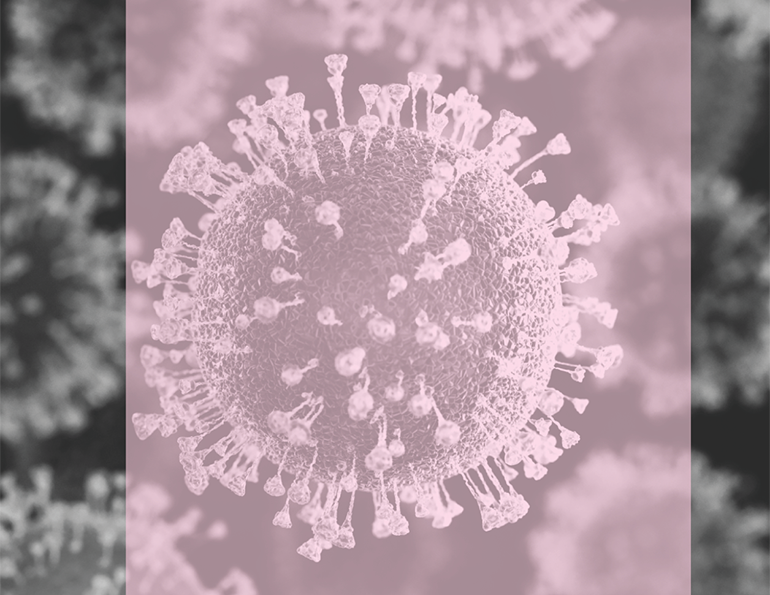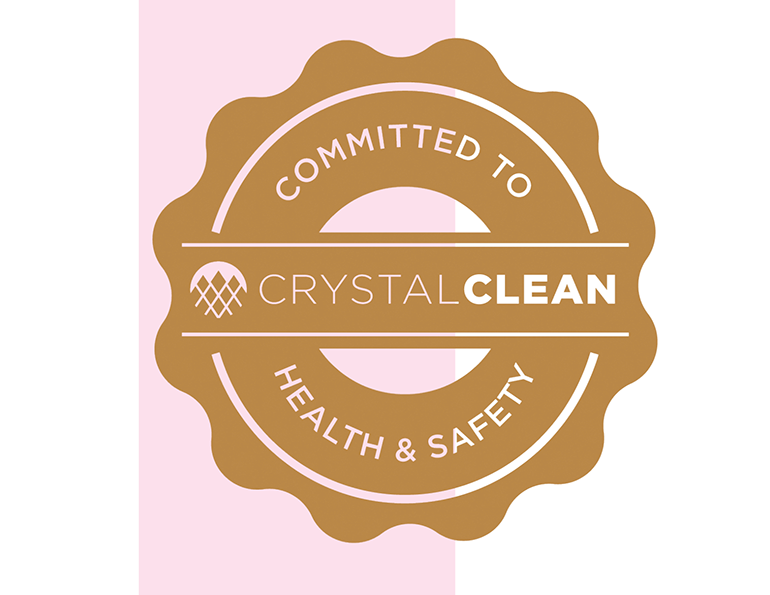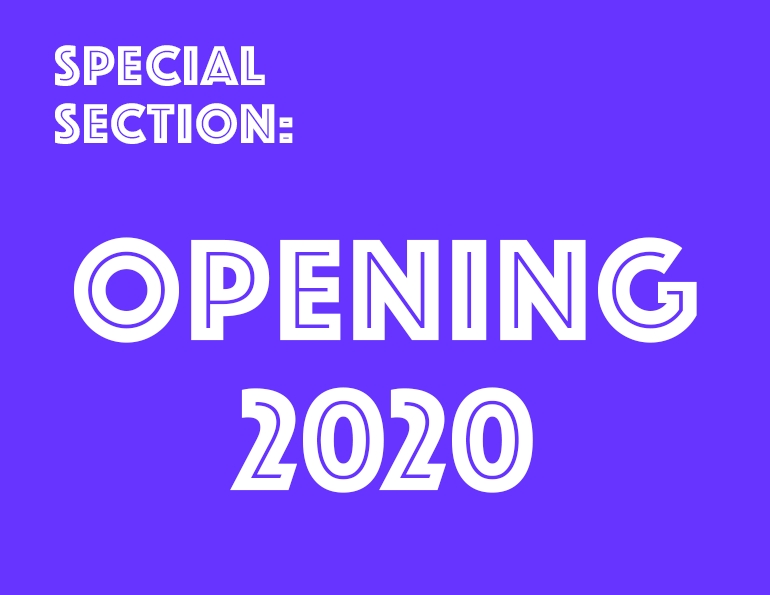 Resorts are finalizing plans for this most unusual season, with a big push on knowing who, exactly, is at their mountain at any given time. That’s because there’s one visitor that even a required-reservation system cannot account for: COVID-19.
Resorts are finalizing plans for this most unusual season, with a big push on knowing who, exactly, is at their mountain at any given time. That’s because there’s one visitor that even a required-reservation system cannot account for: COVID-19.
Resorts are steadying for a positive COVID test (“it’s going to happen, so we should be ready for it,” says one operator) with a mix of plans and preparation, a strong relationship with their local health agencies, and most of all, by winning the confidence of staff and guests through transparency and full disclosure.
“A lot of this is going to be about building trust,” says William Schaffner, MD, health policy professor in the Department of Infectious Diseases at Vanderbilt University.
“When you can assure people that reporting [COVID exposure] is welcome, it helps. Sharing that information is important, whether they share it directly with you or with their board of health.”
Resorts are focusing on that, using experiences from the summer season to pave the way. The major aims? Communication, clarity, and cooperation.
Schweitzer Mountain:
PRACTICE MAKES ...
Tom Chasse, president and CEO of Schweitzer Mountain, Idaho, got a few practice runs this spring and summer, when several staff members tested positive. This included a bartender at the resort’s Sky House, who reported to the resort right away. That led to the testing of 22 other employees who’d been exposed (one of whom also tested positive).
While the situation was first met with concern, fear, and judgment from both staff and the general public, Chasse quickly gained a different perspective.
“In a way, it’s been good,” he says. “It raises awareness to all as to why we have some rules in place. And while the anxiety of the staff was challenging, we are all now more assured [that our system works].”
As Schweitzer moves into the busy winter season, Chasse says plans are in place that he hopes will encourage employees to report any symptoms and inspire guests to report back if they may have brought exposure to the resort.
This includes an emergency sick leave program that the Department of Labor made available last spring, which guarantees a paycheck to employees who report in sick due to COVID or suspected COVID.
Schweitzer is also focusing on being proactive with passholders, says Chasse,. For example, the resort has purchased 15,000 buffs that will be handed out. And of course, masks will be mandatory indoors at the resort.
“We are doing all we can to set the tone and nip it in the bud whenever we can,” he says.
Alterra:
TAP THE DATABASE
At Denver-headquartered Alterra, CEO Rusty Gregory says resorts in the company’s portfolio are working from the same general playbook, but tweaking it for their unique resort and location.
Contact tracing. Identifying outbreaks and having a clear path to contact tracing will be a main goal portfolio-wide this winter, though that’s not always simple, Gregory acknowledges.
“Rigorous contact tracing [on guests] is not easy, with so many from out of town,” he says. “The customer goes home. If we’re lucky, we find out about [any exposure they may have brought to the resort].”
Season pass and lift ticket reservation data, among other data touch points, should help. “We can see if they have been to the rental shop, where they may have gone to purchase something, and more,” says Gregory. “It’s by no means perfect, but better, I think, than society in general.”
The company’s database will also present an avenue to better communicate with guests before they arrive, providing those who reserve or have season passes with resort rules on masks and social distancing, as well as other actions that are within the guests’ responsibility, including a request to report any COVID diagnosis that happens around the time of their visit.
Transparency is paramount. Gregory says Alterra wants guests who may be feeling ill to be comfortable with cancelling reservations. “We want them to understand that if they are exhibiting symptoms, they should notify us and not come,” he says. “Talk to us about a refund—we might even throw in a little more. We need to make it in people’s best interest to [do the right thing and not come].”
Staff infections. For employees, Gregory says the ability to get fast testing is a must. Alterra has had to consider more than just testing (and reporting the results), though. It had to develop a plan for when an employee is diagnosed. The company is encouraging resorts to keep some of their bed base available for quarantining, should that be needed.
“That may mean having to take some guest or staff beds out of inventory,” says Gregory. “But the ability to separate any infected staff from possible roommates [who are often other staff members] is vital.”
When it comes to letting the public know about an exposure, Gregory says Alterra is all about transparency. If and when it happens at an Alterra resort, he says, resort media teams have been instructed to just talk to the press directly, without involving corporate.
While resorts will have some autonomy, some things will be required across the board. “Even if there are less regulatory demands in, say, Snowshoe than in Vermont, we have certain company standards,” says Gregory, such as required masks and systems to load lifts safely.
Alterra has relied on info from other resorts as well as the NSAA Pandemic Playbook on COVID, which Gregory says is working well.
Of course, ski seasons are infamously unpredictable. “All the plans we are making I guarantee will be different than they look now [as the season evolves],” he says. “I’ve never had a winter plan that went completely the way I expected.”
Snowbird:
SUMMER LESSONS
When it reopened in June, Snowbird had a good jump on how to proceed: Its director of human resources, Mark Paterson, was already helping NSAA create some guidelines for mountain sports to operate amid a pandemic.
Paterson’s team decided to open Snowbird on a “slow roll,” starting with those operations that were easiest to manage, then ramping up and bringing in more staff step by step. Even with that slow roll, though—which Paterson suggests as a good start for any resort—Snowbird had things to figure out.
Staff health. The resort worked with its local board of health to set up screening questions and a no-touch temperature check for each employee, each day. The daily screenings led the area to send staff home from time to time—often to find out it was allergies—and to allow them to return to work after seeing the doctor and getting tested. But that, says Paterson, is exactly what you want to happen.
What took more effort was assuring employees that honesty is the right choice. To help, Snowbird enlisted in the Supplemental Sick Leave Plan, and promised it would mean that even a seasonal or very part-time employee would still be paid for any missed shifts due to even just suspected COVID.
“We wanted to incentivize people not to come to work,” says Paterson. “We want them to err on the side of, ‘go to the doctor, and if it’s allergies, come back.’”
Snowbird is looking at upgrading that plan for winter, including looking for an app that will enable employees to answer the daily screening questions from a device at home, mitigating potential exposure.
Guest health. And what of customers? Like others, Snowbird will rely on data from passes, reservations, and other touch points to keep the public informed. The resort had a real-life practice run this summer: A tram driver was diagnosed and let the resort know. Using tram passes, staff was able to contact trace (to a point) and reach out to anyone who had ridden the tram that day. (Luckily, the driver was separated by Plexiglas.)
“It’s a little like playing six degrees of Kevin Bacon, but with COVID,” says Paterson.
Lessons learned. It’s smart, Paterson adds, to study what other resorts have done, but then look at your own unique circumstances to figure things out.
“Stick with the rules your health department tells you,” says Paterson. “Then look critically at what your resort can handle and build from that.”
Paterson notes a few lessons learned at Snowbird: Don’t expect bottlenecks in lift lines as much as in spots such as restrooms, warm up spots, and food areas. He also suggests forming small teams of staff that are their own kind of COVID bubble—that way, should someone be exposed, an entire department or mountain won’t be affected.
Overall, he says, he is optimistic about the season ahead and Snowbird’s ability to track any exposures and cut them to the quick. “Skiing is mostly outside,” says Paterson. “We are confident that our chairs, lift lines, and lodges will work well.”
Crystal Mountain:
EARN THE PUBLIC’S TRUST
One might think that being among the first to report a case of COVID in your region would be nightmare. But for Crystal Mountain, Mich., it was fortuitous.
“We got a little experience right out of the gate when we had an exposure [last spring],” says Crystal Mountain COO John Melcher. “But it got us dealing with the health department.”
 Crystal Mountain’s Crystal Clean is a public- facing program that outlines all the resort is doing to provide a safe experience.That early cooperative relationship with the local board of health meant the two kind of grew up together in the time of COVID. It has paid off in a variety of ways, including the creation of “Crystal Clean,” a public-facing program that outlines all the resort is doing to provide a safe experience.
Crystal Mountain’s Crystal Clean is a public- facing program that outlines all the resort is doing to provide a safe experience.That early cooperative relationship with the local board of health meant the two kind of grew up together in the time of COVID. It has paid off in a variety of ways, including the creation of “Crystal Clean,” a public-facing program that outlines all the resort is doing to provide a safe experience.
Earning public trust. Resort officials realized from the start that identifying cases and contact tracing would be key not only to keeping staff and guests safe and informed, but also to maintaining public trust.
“From the onset of symptoms, we learned we have to immediately start doing contact tracing and try to identify all the places the person was,” Melcher says. “We have to figure out every time they were less than six feet from a person [without a mask] for more than 15 minutes.”
Casual contact, such as walking by, need not be traced, he says, “So there are not that many people to identify.”
And while a diagnosed person’s tracing normally begins with his or her local board of health, which would eventually report it to affected establishments, leadership at Crystal decided that was not good enough—they want to know as soon as possible so they can quickly take action, share information, and keep folks feeling cared for. So, the resort is reaching out to guests with an ask: Contact us if you somehow exposed others at the resort.
For staff, as well as the public, being transparent and quick is going to be Crystal’s path to win folks over this ski season.
When an employee is exposed or diagnosed, Crystal will alert staff who work in close contact with that employee first. Next, an email goes out to the entire staff updating them on the situation, while respecting the privacy of the ill worker. “We stick to the facts,” says Melcher.
At the beginning, Crystal director of public relations Sammie Lukaskiewicz was worried—for both staff and guests. “Would people come back? Would they get upset?” she asks.
As it turns out, it’s been the opposite. “Everyone has been open and empathetic, and I think that’s because that’s the tone we set,” says Lukaskiewicz. “The leadership here has committed to openness and honesty. The trustworthiness is what’s important. They know that if something happens here, they can trust us to handle it correctly.”
Holiday Valley:
SHOW THAT YOU CARE
When New York was hit hard with COVID last spring, Holiday Valley learned some lessons early on.
Kate Eshbaugh, Holiday Valley’s skier services director—and now also its COVID-19 compliance chief—says the state of New York’s slow and steady reopening helped the resort figure things out piece by piece, something she suggests other resorts consider. “By opening activity by activity, we were able to figure a lot of things out,” says Eshbaugh.
And while the resort is yet to experience a confirmed on-site exposure, it’s had practice knowing what to do.
For example, when a suspected case arises among staff—who are screened daily before working, in all cases—human resources gets to work identifying all employees who had contact and calls them immediately.
When it comes to guests, Holiday Valley is trying to prepare for exposure by encouraging each visitor to pre-emptively provide contact tracing information. Even without that, the resort has been able to do a strong job of figuring it out via data from hotel bills, golf tee times, and more.
Like Crystal’s Melcher, Eshbaugh advises resorts work with their regulatory agencies and board of health, and keep an open line of communication.
“That has been really valuable,” she says. “In the end, it shows people that we care. And caring sets you apart. It makes a huge difference.”






